Concept cars tend to live ephemeral lives. They appear at an event or two, create headlines if they’re lucky, and then disappear into the ether once they’re no longer of use.
Some, however, attain legendary status. The 1960s in particular witnessed the emergence of the show-stopper as we know it, car manufacturers seeing the value of creating a one-off purely to foretell what’s coming down the road and broadcast styling trends and create a little excitement ahead of launching a new model.

Gathered here from that era are our favourites of the breed. Some created a lasting legacy and are proudly displayed in factory museums. Others led hard lives but were later restored prior to hitting the concours circuit. A few, however, didn’t see out the decade, leaving only photographs and old magazines behind as reminders that they ever existed. All were memorable – and most definitely groovy – which is why we love them still.
Chevrolet CERV-1
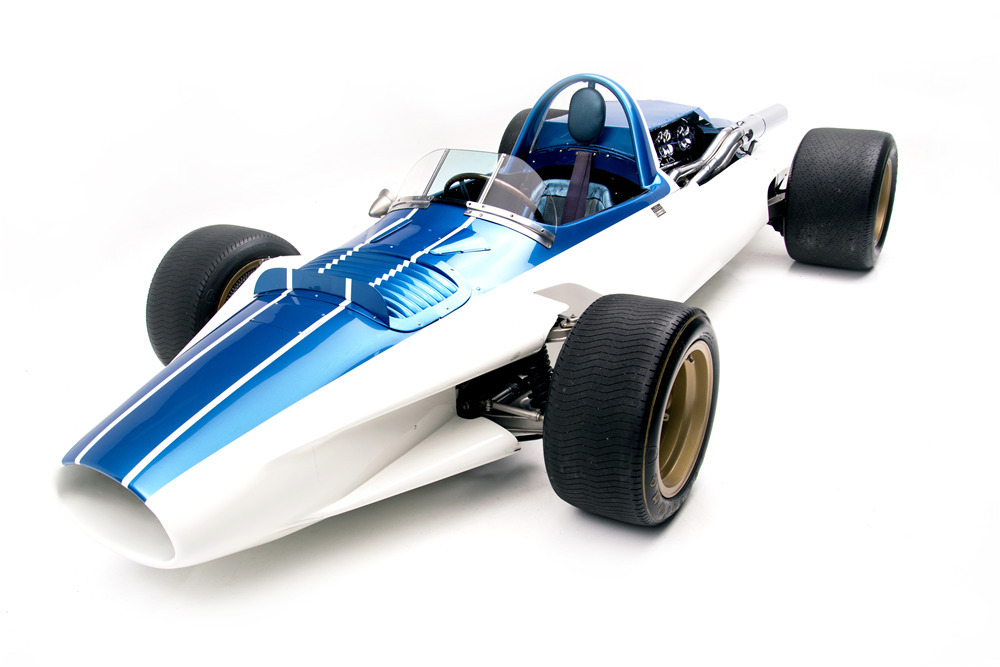
The end of the 1950s witnessed a seismic shift in racing car design, with mid- and rear-engined cars taking centre stage. Chevrolet, along with other General Motors divisions, eschewed official involvement in motorsport, but ‘Father of the Corvette’ Zora Arkus-Duntov was a racer to the core. The Le Mans veteran conceived the Chevrolet Experimental Research Vehicle as a technical exercise; one that would be used to evaluate: ‘…ride and handling phenomena under the most realistic conditions.’
While outwardly it resembled a stylised version of comparable Formula One machinery such as the Cooper T60, it didn’t ‘make do’ with a small four-cylinder unit. Instead, it was initially equipped with a special lightweight version of the 283cu in Chevrolet small-block V8. To this day it lives on, displayed by GM at the Renaissance Centre, in Detroit.
Chrysler Turboflite
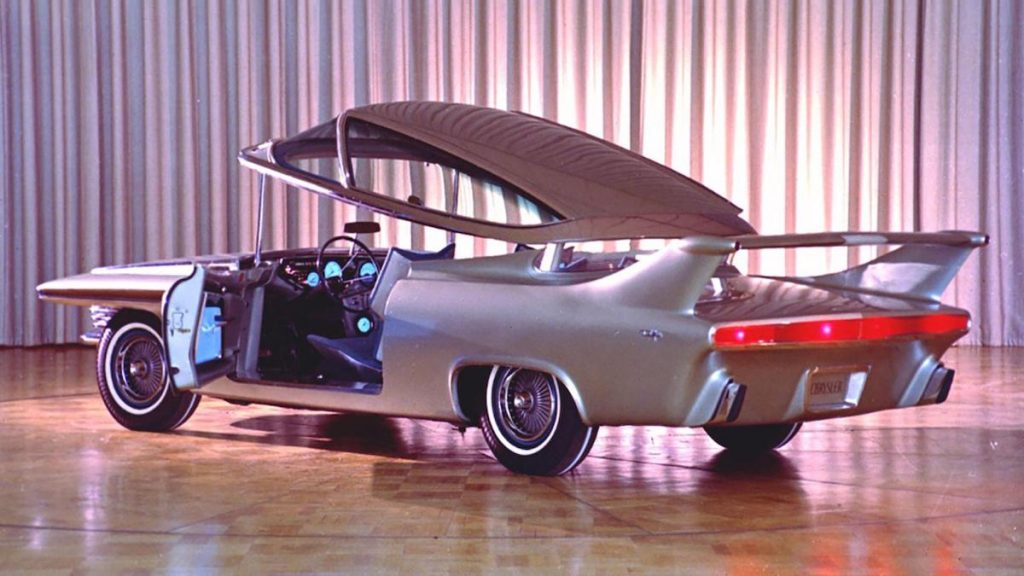
The Turboflite was the last Chrysler show car created under the direction of legendary design chief, Virgil Exner. However, it was styled by Jack Kenitz within the new Advanced Studio. This 1961 concept queen looked unlike any other car in the model range.
For starters, it featured a green-tinted, aircraft-like canopy. The rear spoiler was supported by a pair of equally noticeable fins, each housing a stop light with ‘day and night’ intensity settings. Between the fins was a ‘deceleration air-flap’ which pivoted up into the airstream when the brakes were applied, creating additional drag and thus lessening the load on the conventional braking set-up. It was purportedly powered by a gas-turbine engine but, in reality, it was a non-runner.
Ford Mustang 1
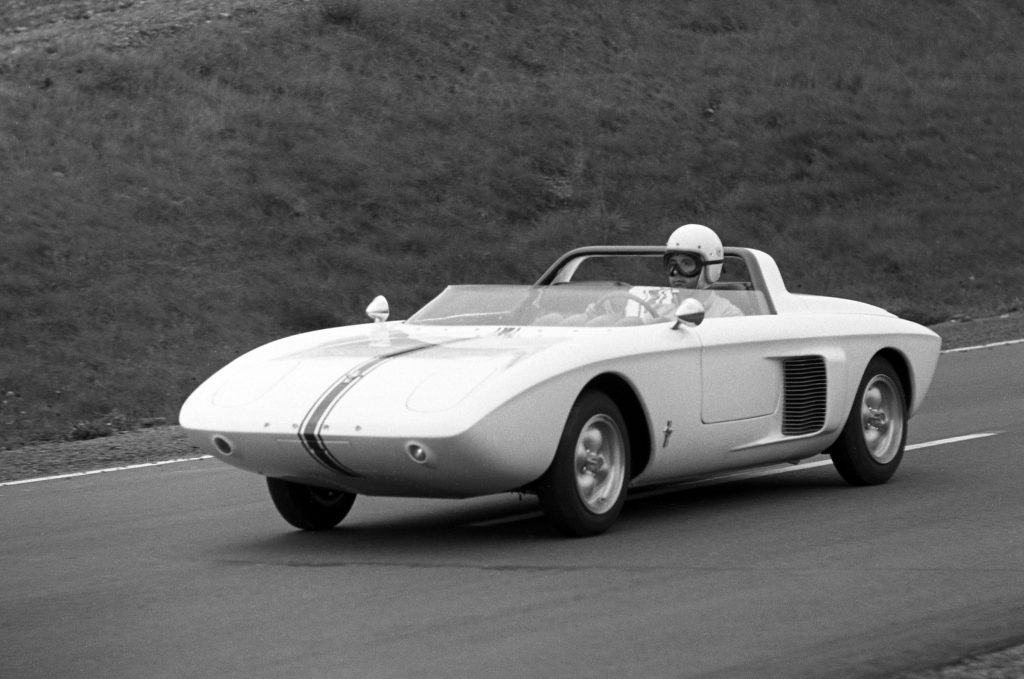
Ford famously ignited the ‘Pony Car Wars’ in 1964 on releasing the Mustang. However, the name was first attached to an altogether different machine; one that went from preliminary sketch to fully-functional prototype in little more than three months. It was also mid-engined at a time when there were no equivalent production cars.
Not only that, it was powered by a tuned V4 unit borrowed from the German Ford Taunus. The car’s chassis was essentially a spaceframe affair complete with an integral roll-bar. The finished item was demonstrated on track during the 1962 Formula One season-ending meeting at Watkins Glen – and driven by the great Dan Gurney. It would go on to be donated to the Henry Ford Museum.
Chevrolet Monza GT
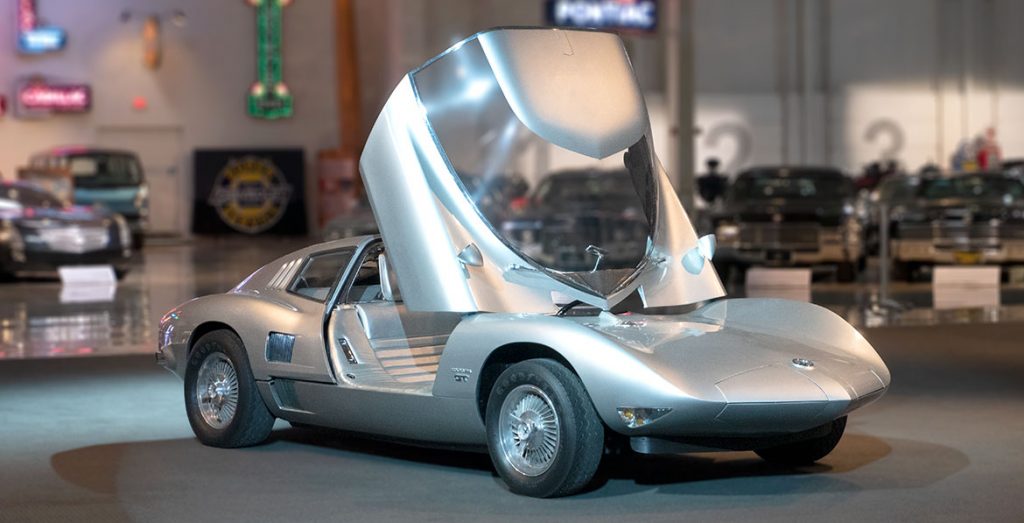
One of the most celebrated concept cars of the 1960s, the Monza GT caused a furore following its fleeting appearance during the Road America 500 race meeting in September 1962. According to a General Motors’ press release, it represented: ‘…part of Chevrolet’s continuous programme of building and evaluating new styling and engineering ideas. While they will not be produced, we will be most interested in show visitors’ reactions to them.’
Styled by Larry Shinoda, Anatole Lapine and Paul Deesen, it was based on a truncated Chevrolet Corvair platform. The donor car’s air-cooled flat-six was turned through 180 degrees and mounted ahead of the transaxle, which made for a mid-engined layout. It continues to turn heads to this day, at the GM Heritage Centre, in Stirling Heights, Michigan.
Bertone Testudo
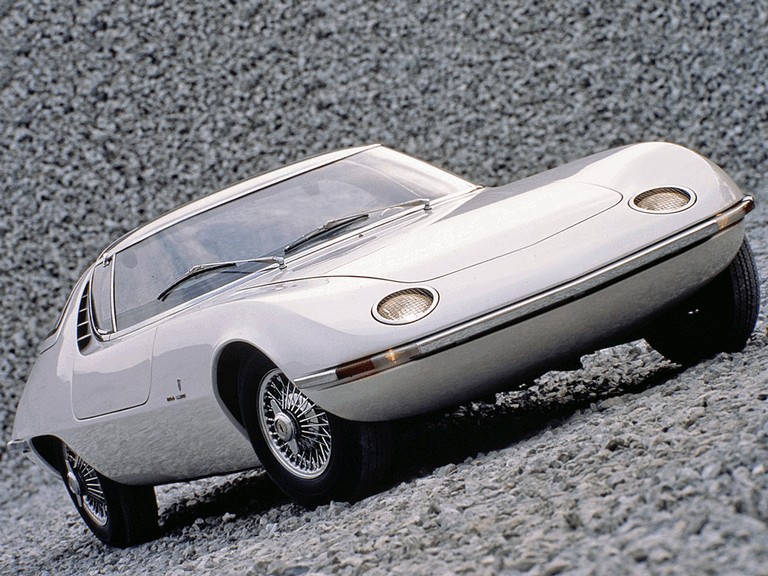
In many ways, the Testudo was among the most important concept cars to emerge during the early 1960s. Based upon a shortened Chevrolet Corvair platform, complete with a rear-sited 2372cc, air-cooled six-cylinder engine, it marked the emergence of the firm’s 20-something chief designer, Giorgetto Giugiaro, as a trendsetter.
The name, a literal translation meaning ‘turtle,’ was chosen to symbolise the design theme. A sharp crease ran along each flank, dividing the body, with the radically glazed ‘bubble roof’ more akin to Stateside custom cars of the period. The car was unveiled at the 1963 Geneva motor show, and studio principal Nuccio Bertone drove it from Turin to Switzerland ahead of the big reveal.
Bertone Alfa Romeo Canguro
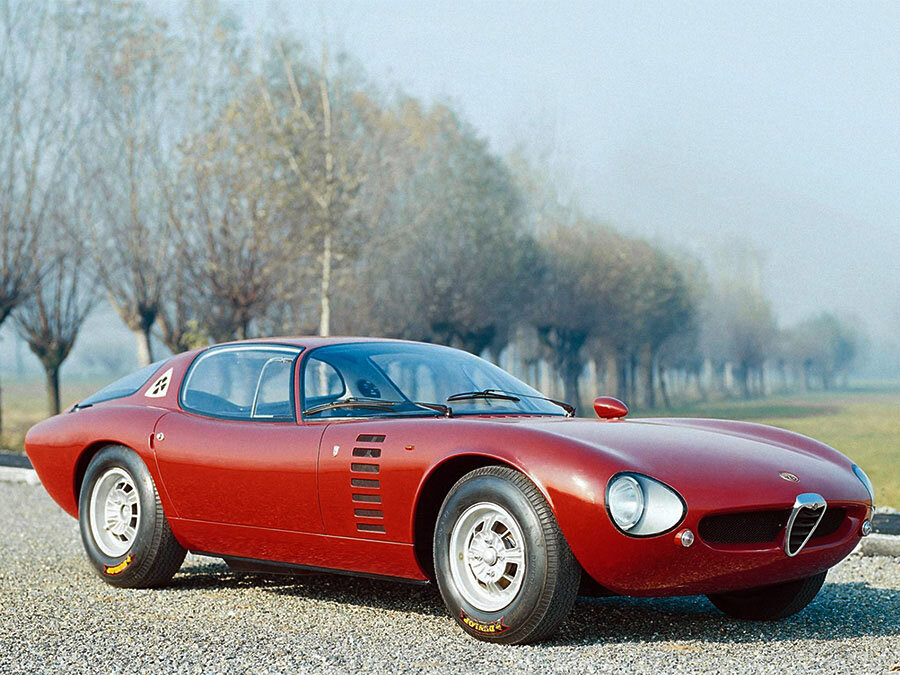
One of the great Alfa Romeo design studies, the Canguro was unveiled at the 1964 Paris motor show and entered into legend immediately. Styled by Giorgetto Giugiaro, and based on a TZ (Tubulare Zagato) platform, the car’s debut marked the first time that Bertone had exhibited in the French capital. However, despite the car’s motorsport-rooted foundations, the Canguro was not built with circuit use in mind.
That said, it did, perhaps unwisely, venture trackside at Monza for a promotional film for petroleum giant, Shell. This one-of-a-kind Alfa Romeo collided with the Bertone Testudo (above) at the Parabolica corner and was extensively damaged. The ‘Kangaroo’ was restored decades later ahead of making a triumphant appearance at the 2005 Ville d’Este Concours d’Elegance.
Mercer Cobra
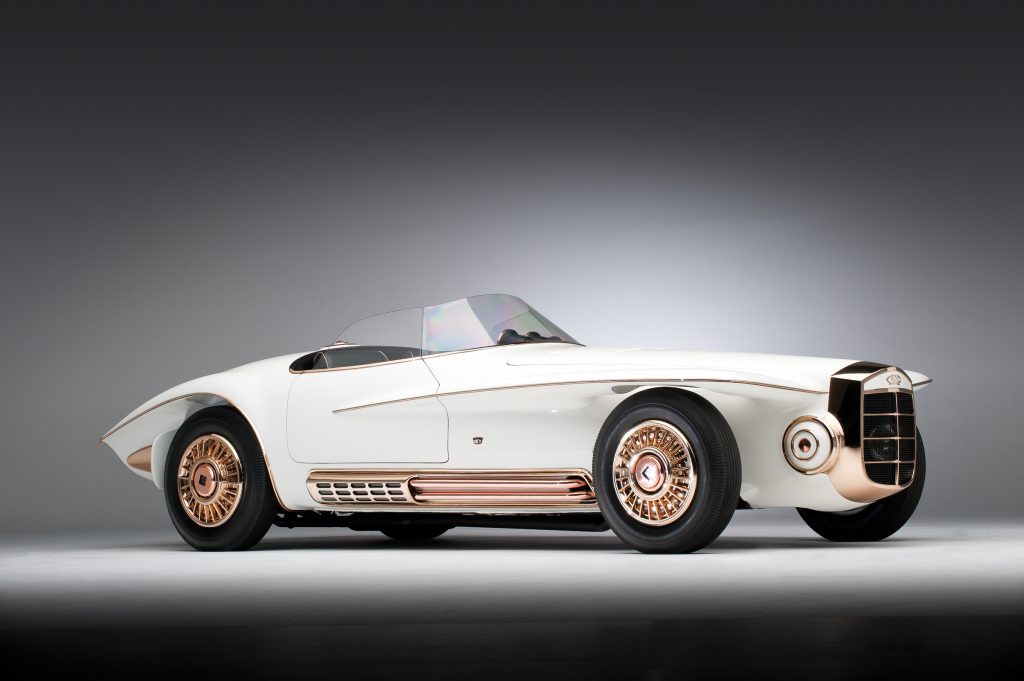
A rendering by Virgil Exner that appeared in Esquire in 1963 piqued the interest of George Hartley, president of the Copper Development Association of New York. He wanted to produce a concept car that made extensive use of copper, bronze and brass components, the intention being to make the automotive industry aware of their properties and potential applications.
Exner Sr agreed to transform his sketch into a full-scale roadster, and commissioned Sibona & Bassano of Turin to create the body on a lengthened AC/Shelby Cobra chassis. The finished article took its public bow in December 1964 as the Mercer Cobra. It then went on tour, circling the globe for more than a decade.
Chevrolet Mako Shark II/Manta Ray
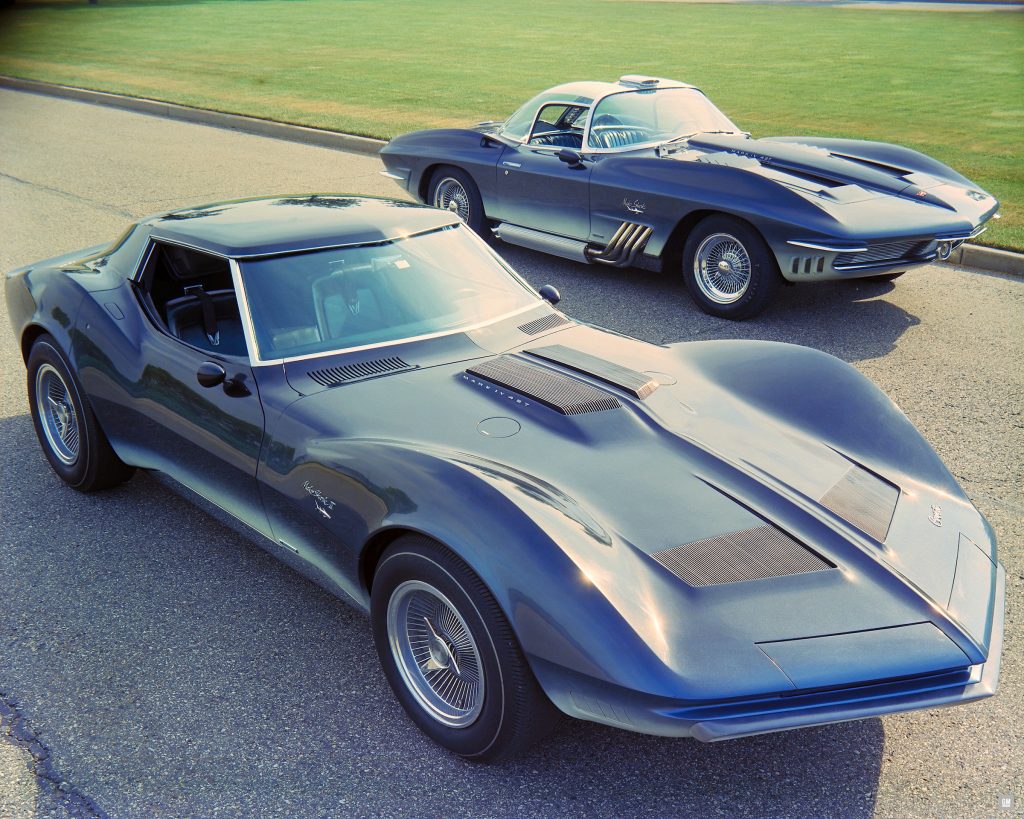
Now tucked away in the GM Heritage Centre, when the Chevrolet Mako Shark II – or ‘XP-830’ in internal General Motors speak – was unveiled it at the 1965 New York International Auto Show it was acclaimed as a stylistic tour de force. It also represented pure show car whimsy, as was to be expected from the firm’s styling chief, Bill Mitchell. Many design cues were subsequently incorporated into the C3-generation Corvette that entered production in 1968.
That wasn’t quite the end of the story, though. The Mako Shark II later morphed into a different concept car, the Manta Ray, that emerged in 1969. While ostensibly similar, the front end now had a pronounced chin spoiler plus a bank of rectangular headlights shrouded in Perspex.
Bertone Lamborghini Marzal
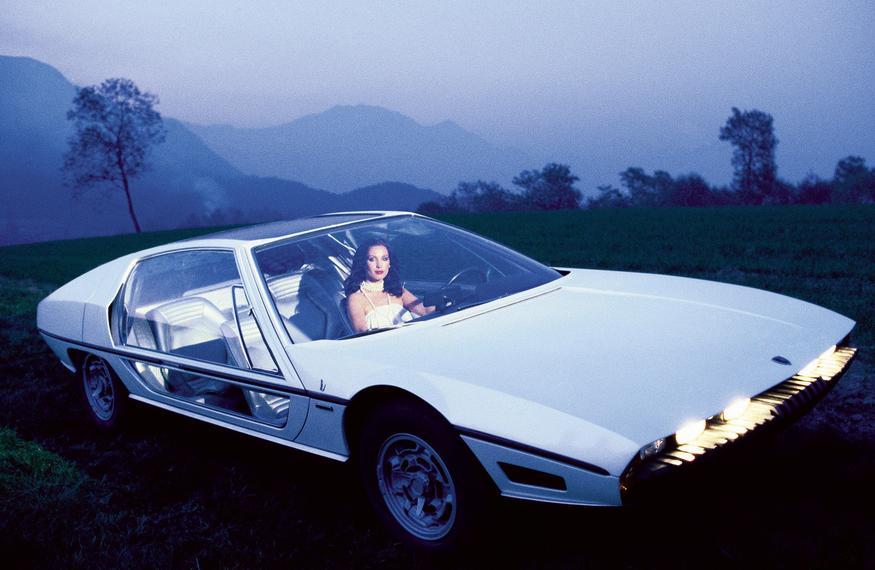
Styled during what has since been referred to as Marcello Gandini’s ‘Hexagonal Period,’ the Lamborghini Marzal was the undoubted star of the 1967 Geneva motor show. The idea of a Lamborghini for the family man in a hurry had first been mooted as far back as 1965, the Sant’Agata firm having by then been in existence for only three years.
Plans called for a production run of as many as 2000 units per year with a rear-mounted, transverse V6 powerplant. The Marzal would be the amuse-bouche prior to the definitive production car coming on-line. Sadly, it never did, but this incredible machine still survives. The Marzal sold for a $1.52m in 2011.
Pininfarina BMC 1100/1800 Berlina Aerodinamica
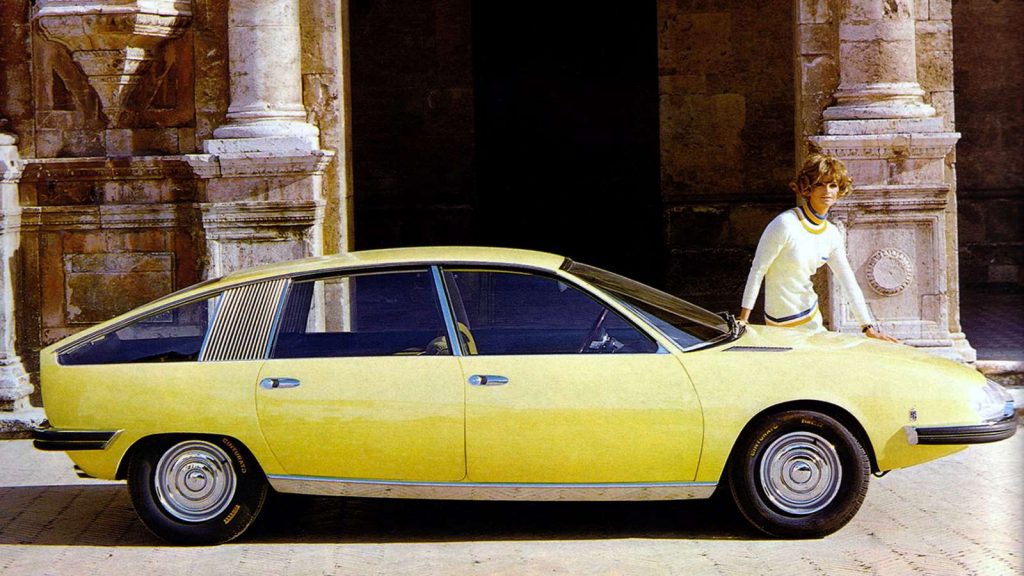
One of the great missed opportunities of the British motor industry, the BMC/BLMC 1800 ‘Landcrab’ in all in its various guises sold poorly. Much of this was due to its ungainly looks, yet it could have been so different, with long-time collaborator Pininfarina producing its own take on the theme in time for the November 1967 Turin motor show.
Remarkably, the donor car had only been delivered to the Turin factory in August of that year, the prototype being completed in just nine weeks. Styled by Leonardo Fioravanti or Paolo Martin (both claim authorship), this study in streamlining was fully-functional, too. A small car, this time based on a BMC 1100/1300 platform, was also built. Neither made the leap to production.
Bertone Alfa Romeo Carabo
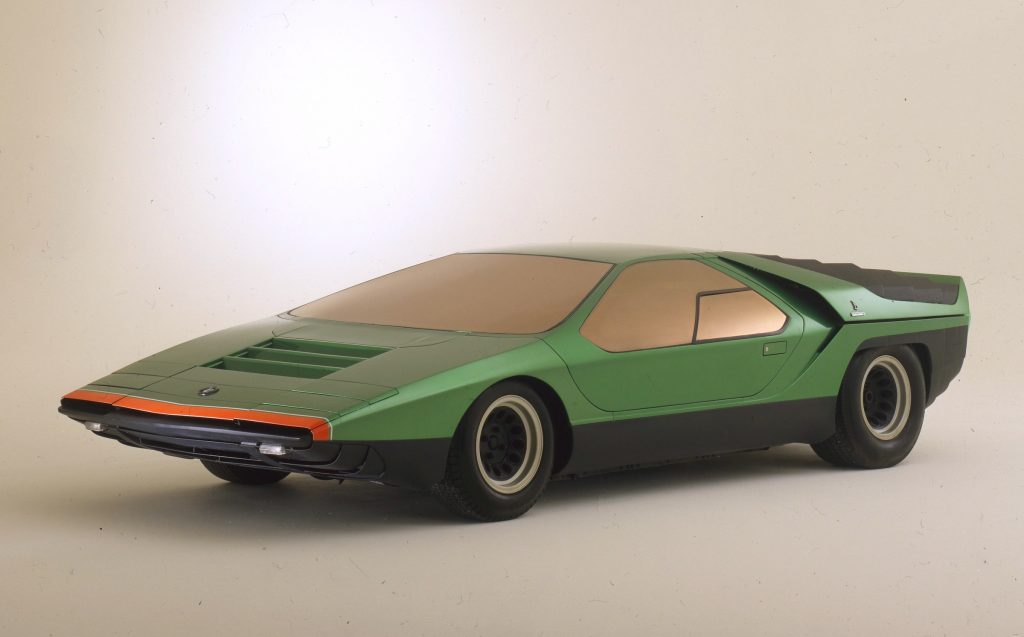
The Alfa Romeo Carabo is often cited as being among the most significant concept cars ever made, and with good reason. The brainchild of studio head Nuccio Bertone and stylist Marcello Gandini, the car was created in a mere ten weeks. It didn’t so much cross boundaries as establish them, the Lamborghini Countach subsequently borrowing some design cues.
Just 990mm (38.9in) high, the car’s party trick was its means of access: the doors opened vertically like a beetles’ wings via a hydropneumatic strut arrangement. Based on an Alfa Tipo 33 sports-prototype platform, this 1968 show car was fully-functional rather than a mock-up. It is currently exhibited in the Museo Storico Alfa Romeo, albeit minus its original quad-cam V8 engine.
Read more
Redesigning the 2022 Lamborghini Countach | Rendered with Kyza
Cars That Time Forgot: Bitter CD
9 of the strangest cars that the Fiat Group never made









The Cobra & Shark II Look stunningly amazing.
I am curious about vehicles